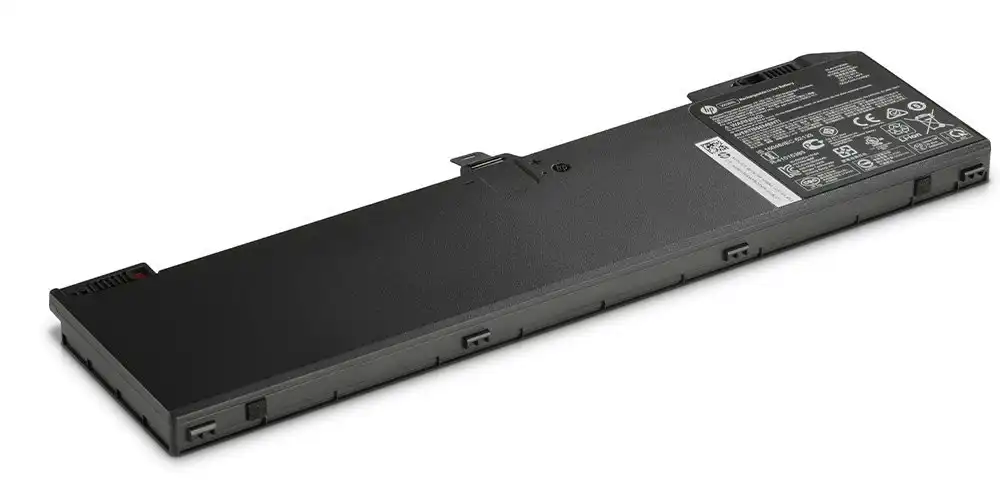Linear bearings are an important part of many machines and devices. They allow for movement in a straight line and can be found in everything from car suspensions to industrial conveyor belts.
While there are many different types of linear bearing, they all share the same basic functionality. This blog post will take a closer look at what linear bearings are and how they work. We will also discuss some of the different types of linear bearings and their applications in different industries.
Linear Bearings And How Do They Work?
Linear bearings are tools used to facilitate motion and reduce friction that arises due to friction. As suggested by the name linear, the linear bearings are built to help movement in one direction only. Linear bearings are grouped as rolling and sliding types.
These bearings are made up of a rolling element and a carriage attached to it. The bearing can be mounted on round and square rails, both, depending on the requirement of motion. The rolling element of the linear bearing can be ball or roller slides which enable it to move the load easily.
This is the basic picture of how this tool works to fulfill several functions in manufacturing and other industries.
Type of Bearings: Square vs. Round Rail Bearings
The price of square rails used to be a bit higher than round rails previously, but now there is not much difference in the price.
Square rails need to be installed carefully to ensure that there is a flat mounting surface and parallelism. A square rail is capable of carrying heavier loads, and the movement of this bearing is more accurate and precise. However, the mounting needs to be done right to get these benefits.
Round rails can be installed faster as compared to square rails, and they do fine with incorrect parallelism as well. However, the round rails can’t carry as much load as the square ones.
Use of Linear Bearings in Different Industries
Linear bearings are used to move heavy tools as well as small equipment. They are found being used in industries like healthcare, robotics, and more. Bearings in different industries need to meet specific criteria to be useful to that industry.
Use in Medical Equipment Industry
Surgical tools, diagnostics, other laboratory equipment, and pumps are a few places where the linear bearing is used. In the medical industry, bearings need to be able to function with low noise and move quietly, but they should be able to work at a fast speed.
Since medical tools are cleaned often, the linear bearings should be resistant to harsh chemicals and fluids and be able to stand regular cleaning.
Use in the Robotics Industry
Although robotics is a slightly new industry, linear bearings have proven to be quite useful here as well. Some important characteristics of bearings in this industry include long service life, capacity to carry a heavy load, and ability to run smoothly.
Conclusion
There are different bearings available that use different adjustments and motions. Each linear bearing with a different motion is suitable for some specific industries. Not all industries need the same kind of bearing owing to the tasks they need to accomplish.
Overall, the linear bearings help movement in one direction mostly, and they use the same basic principles to achieve the task of moving loads from one place to another.








